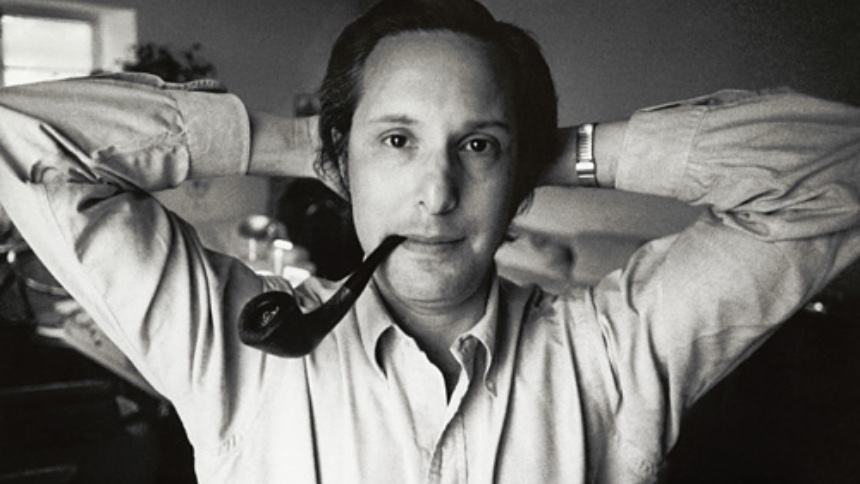Sound And Vision: William Friedkin

In the article series Sound and Vision we talk about music videos from notable directors. This week we look at Laura Branigan's Self Control, directed by William Friedkin.
Last week director William Friedkin passed away. The luminary behind such classics as The Exorcist, The French Connection, To Live and Die in L.A, Sorcerer, Bug and Killer Joe is an extremely underrated director. But luckily most of the obituaries that were written seemed to focus on what made this sometimes hot-headed enfant terrible an amazing director, even though he wasn't always appreciated when alive. My favorite of the recent write-ups on Friedkins career was this piece by Kyle Turner for GQ, in which the critic focuses on how Friedkin approaches queer masculinity in The Boys in the Band and Cruising. For all the faults in those two films, they are extremely gripping, sometimes out-dated and volatile depictions of people struggling with their sexuality and the hard-lined gender roles of society.
Friedkin was a director who tried to look into what made people tick, given his films a strong psychosexual undercurrent, which is present in everything from the mother-daughter-dynamic and the unchildlike behaviour of Regan in The Exorcist; the psychosexual sleeze of Jade and the games with reality and madness in Bug. The idea that societies claustrophobic rules and trappings awaken dark sides in people who push against those boundaries is almost always present in the work of Friedkin. It is also present in the music video he made for Laura Branigan's Self Control.
Self Control was one of the first times in the eighties a big-name film director, who was lauded and won many prizes, made a music video. Music videos was seen as a lesser art, so it was not often that a name director signed and delivered a music video and was being very upfront about it, John Landis and Martin Scorsese aside. In my research for this article series, it is often hard to track down the director of a video, if it is from before the early nineties. It says something about the vision that Friedkin had for Self Control that he never hid the fact that he directed this one.
MTV pushed back against the content, that was perceived as too sexually charged, and the video was later released in a slightly altered version. Even though the music video is fairly tame by recent standards, it is indeed a very horny piece, in which Branigan has a sexual awakening when she follows a masked man who seems to want something from her. It is all a metaphor for a woman's awakening to her own sexual needs, and the guilt she feels after a one-night-stand, because of what society at the time seemed to expect of her.
The psychosexual nightmare that follows is full of lavish sets, masked dancers, and overt symbolism, including nods to the infamous "hallway-hands" from Roman Polanski's Repulsion, itself a tale of a woman who is struggling with sexual nightmares. But whereas Repulsion is about the way in which men harm women and has a protagonist who is sexually traumatized, Self Control seems to be much more sex-positive, in some ways. It can easily be read as a tale of sexual liberation.
Even when the masked man overpowers Branigan's character in a harsh way, pulling her head back, it can be read in two ways: as an attempt at sexual assault or as a dominant kinky powerplay in which Branigan's character is still very much in control. The fact that a 5-minute music video is itself as multifaceted in its depictions of societies sexual dynamics as most Friedkin's feature films are, shows us how much of a powerhouse he was.







